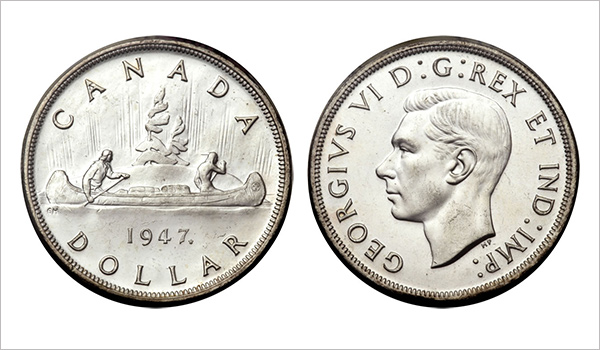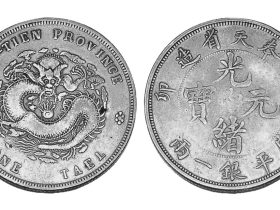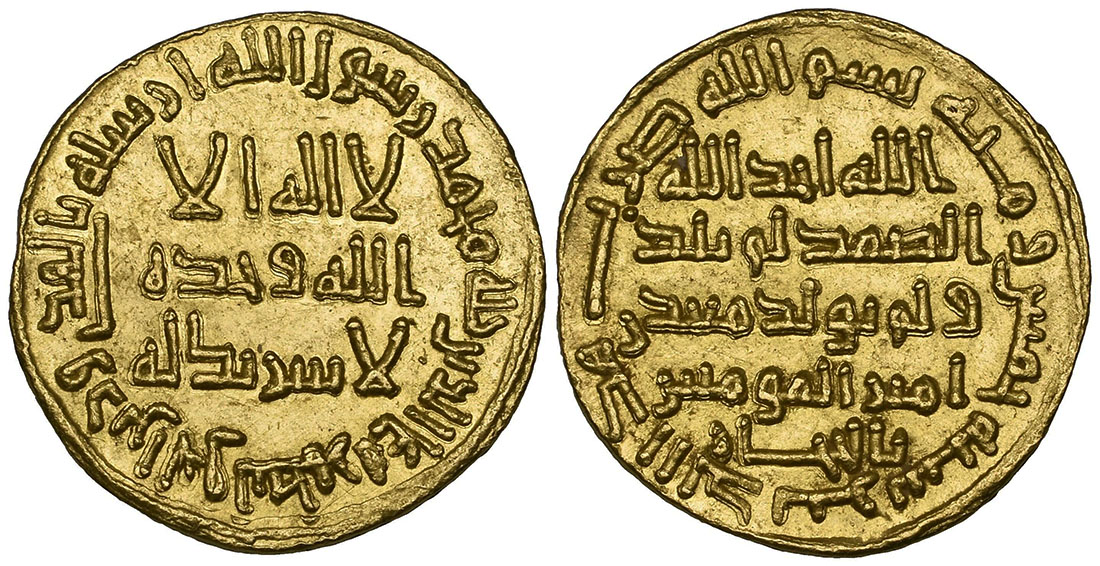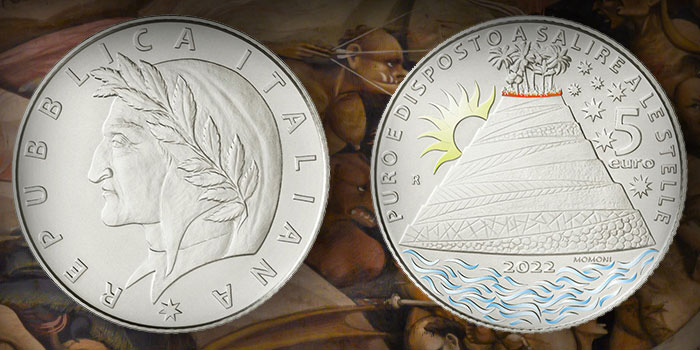
Learn about the history of Canadian dollar coins and the developments of Canada coinage. Know about the changes of Queen Elizabeth II portraits on Canada coin money.
Canadian coin history is in itself a complex journey of Canada’s history as a country—from the British and French colonial period to the present years of membership in the Commonwealth of Nations.
Before the late 1800s, the Canadian currency was composed of assorted coins and money issued by different authorities, countries, institutions, and individuals. Several provinces of pre-Confederation Canada (the period before three British colonies Province of Nova Scotia, New Brunswick, and Canada were united to form the Canadian Confederation) minted their own coins and followed their own currency standards.
With the approval of the Currency Act of 1841, British coins and American cents became legal tender in the Province of Canada (British Colony 1841-1867) while coins from Peru, Mexico, and Columbia also entered circulation.
The first coins intended only for the Province of Canada were minted in England around July of 1858. But the design of the coin was similar to the bronze coins of Emperor Napoleon III of France, thus the coins were rejected.
Still in July 1858, Queen Victoria approved the first official coins in the history of Canadian money. They were in one, five, ten, and twenty cent denominations designed by Leonard Charles Wyon.
These Canadian coins featured the image of the queen wearing a tiara crown, her hair in a bun, tied with a ribbon. It also bore the legend “CANADA” and “Victoria Dei Gratia Regina” which means Victoria, by the Grace of God, the Queen.
In 1901, Canada was allowed to have its own coin mint through the royal approval of the Ottawa Mint Act. The Ottawa branch of the British Royal Mint was opened on January 2, 1908.
History of Canadian money, the monarchs on Canadian coins
Edward VII (1902-1911)
In 1902, coins bearing the portrait of King Edward VII were issued for Canadian currency. Edward VII was King of the United Kingdom and the British Dominions and Emperor of India from January 22, 1901 to May 6, 1910.
Numismatists are particularly interested with the 1902 5cent coin as it features the St. Edward’s Crown on its reverse instead of the Imperial State Crown which King Edward VII (also Queen Victoria) had chosen to wear during the actual crowning ceremony. The St. Edward’s Crown is supposed to be the official coronation crown used in the coronation of a new monarch.
The 1902 Canadian 5 cents that bore the image of the St. Edward’s crown were believed to be error coins that they had to be hoarded upon issue. The design was modified accordingly in the following year.
George V (1911-1936)
A number of minor changes in the Canadian coinage were made during the time of King George V. Some early issues of the George V coins are often called the “Godless” coins because of the omission of the Latin abbreviation DEI GRA from the phrase that meant “[king] by the grace of God”.
This breach of tradition had created turmoil among the public, and so the missing phrase was restored in 1912.
In 1920, more public complaints were heard when the traditional large Canadian cents were replaced with smaller cents much like US coins. Two years later, the five cent made of silver was replaced by coins made of pure nickel.
King George VI (1937-1952)
The year 1937 marked an important chapter to the history of Canadian coins.
King George VI coinage bore designs of distinct Canadian treasures on the reverse side.
Most of which remain to be the designs of the Canadian coin money today: the image of a maple leaf, a beaver, the Bluenose (Canadian schooner), caribou (reindeer), and the Canadian coat of arms.
1947 Canadian maple leaf coins
All the coins minted under the rule of King George VI bore the wording “GEORGIVS VI :G:REX IND:IMP” the abbreviation of the Latin phrase Dei Gratia Rex et Indiae Imperator which meant By the Grace of God, King and Emperor of India.
When India gained its independence from British rule on August 15, 1947, the wording ET IND:IMP” on Canadian coinshad to be omitted and such change would take effect in the next year’s issue of coins.
But the 1948 coin dies were not readily available and during this time, there was a great demand for coins.
Production had to resume using the 1947 coin dies. A small maple leaf was added beside the 1947 mint date to indicate that it was actually minted in 1948. The 1947 Canadian maple leaf are not rare Canadian coins but they are very popular among coin collectors.
Queen Elizabeth II
Queen Elizabeth II Canadian coins are composed of four varieties. No monarch has had as many various portraits as the Queen in the history of Canadian coins.
1953-1964
The Queen’s image first appeared on the Canadian currency in 1953 when she was 27 years old. It bore the inscription ELIZABETH II DEI GRATIA REGINA or Elizabeth II, by the grace of God, the Queen.
There were some minor difficulties in minting of the 1953 coins causing the image of Queen Elizabeth appearing to have bare shoulders. This was considered inappropriate and so slight modifications were made.
1965-1989
A more mature portrait of the Queen (she was 39) replaced the 1953-1964 Canadian coinage obverse.
In the new design made by Arnold Machin, Queen Elizabeth II wears a tiara on her head and more drapery on her shoulders. Unlike the previous coins, the 1965-1989 pieces only bore the legend on the obverse, ELIZABETH II D G REGINA.
The gold-colored and bronze-plated Canadian 1 dollar coin (or loonie) was introduced in 1987. It featured a well-known Canadian bird called common loon on the reverse side.
1990-2002
The bust of the Queen wearing an open crown first appeared in the Canadian circulation in 2002. Just like most of the coins in the history of Canadian currency, this too created some ruckus among the public pointing out that the Queen was wearing a King’s crown.
It was, in fact, a crown worn by every King and Queen in the British monarchy designed around 1830 to be a comfortable and light weight crown.
In 1996, the two dollar Canadian coin was introduced and is now popularly called a toonie.
It featured an image of a polar bear on its reverse. It is the only coin in the Canadian currency that bears the inscription ELIZABETH II D G REGINA in a different typeface or font style.
2003-present
On June 2, 2003 when the queen was 77 years old, the Royal Canadian Mint unveils the fourth design of the Queen’s effigy to be used on all new Canadian coins for circulation.
The design portrays a bareheaded and grandmotherly Queen Elizabeth II.
The first coins issued by the mint bearing the new design were the rare 2003 Coronation Proof Canadian silver coinssterling.










Leave a Reply